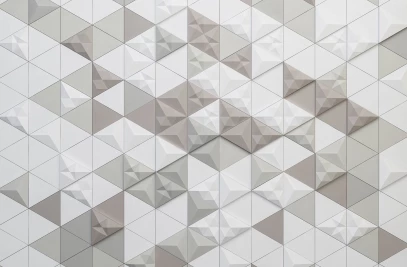Glass tiles are a wonderful new material for interior and exterior use. They offer a great opportunity to individualize the design of a room. The main advantage of using glass tiles is their beautiful appearance. Both as a total look or an excellent accent. This material is most commonly used in the bathroom but can be also used in the kitchen or other parts of the house. And off course it give’s great artistic possibilities in building projects. They can be used on their own as field tile or combined with ceramic, porcelain or stone as an accent tile. The many options available make it a desirable choice of material. There is no need for a bull nose with glass tiles because there are no raw exposed edges.
Glass tiles are a handmade product. Small differences in dimensions and colours can occur.
Glass tiles are considered to be durable if they are installed properly. Professional installation of glass tiles is essential. The substrate or wall behind the tile must be clean, smooth and even. Because glass can expand and contract, the adhesive used to install the tiles must be flexible. If the tiles are too close together there will be no room for expansion and they could crack. White adhesive must be used because some tiles are see-through. If for example a notched trowel is used to apply the adhesive to the wall, then the lines of adhesive will show through the tile. The substrate or wall behind the tile must be dry, clean, smooth and even. An uneven substrate could cause the tile to crack.
Glass tile can be used outside but it should be limited to area’s which will not encounter large changes in temperature or excessive abrasion. Thicker tiles can be used for pools and other outside applications. All technical and sensorial specifications are the same as for float glass.
The base material is 6 mm float glass.






















